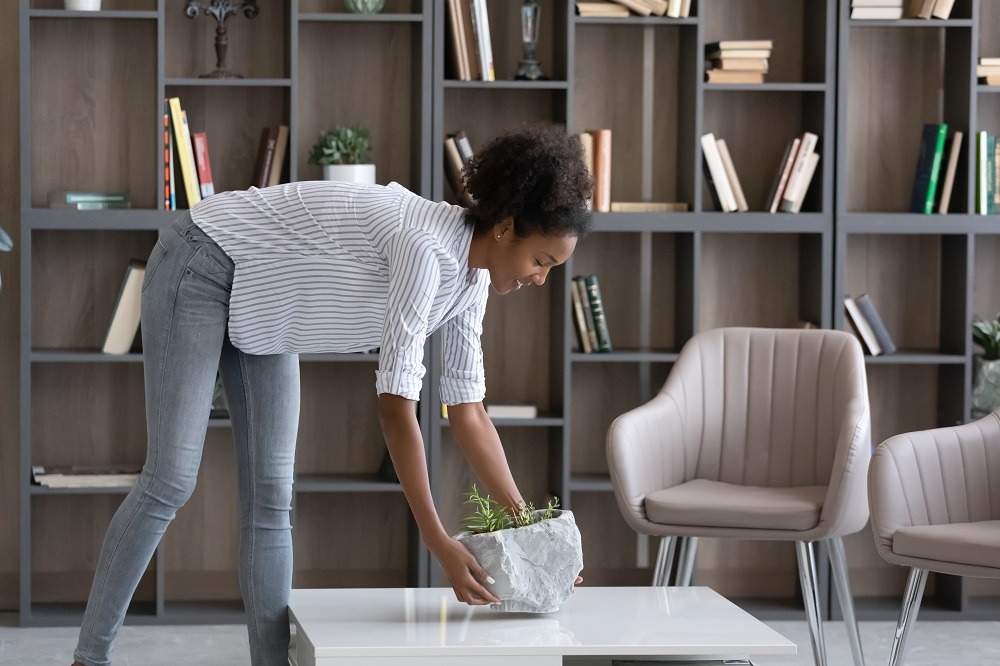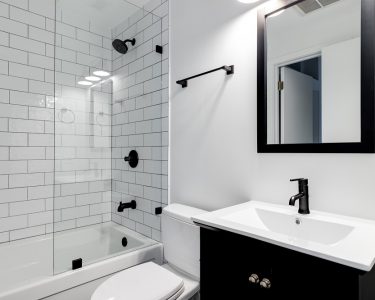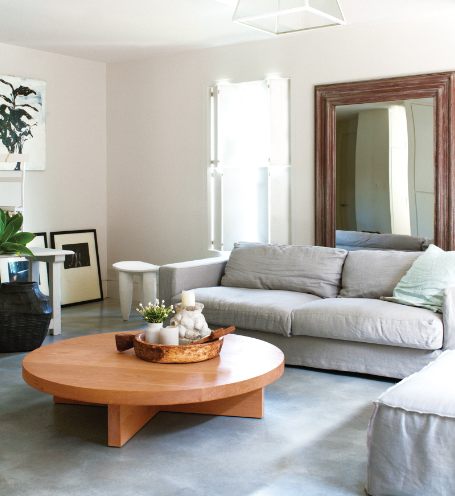Millennials are at that point in their lives where they have more of a direct influence on interior design trends. Their preferences are changing the interior design world, causing trends that align with millennial values and lifestyles. From sustainability to technological integration, this article will discuss some of the top millennial interior design trends today.
Sustainability and Eco-Friendly Choices
Sustainable interior design is huge with today’s millennials. The generation as a whole tries to minimize their impact on the environment, so they tend to prioritize eco-friendly choices. Materials that are renewable, recycled, or repurposed are involved in a lot of sustainable interior design. Some popular choices, for example, include furniture made from materials like recycled wood or repurposed vintage pieces.
Brands and designers are addressing these demands by offering stylish and sustainable products. Their commitment to sustainability goes further than just the materials they use; it also includes the methods of production and how the items and materials are sourced. This way, brands and designers infuse eco-friendliness into every aspect of their designs.
Mix and Match Aesthetics
Millennials often have pretty eclectic tastes, and that’s reflected in their penchant for mix-and-match aesthetics. This eclectic home décor trend involves blending several different styles, materials, and periods together for a unique, personalized look. It’s common to see mixtures like industrial elements paired with vintage touches or sleek modern furniture alongside rustic décor.
This trend appeals to millennials because it gives them a lot of flexibility and is a good way for them to show off their creativity. Millennials can demonstrate their personalities through their eclectic home decor, resulting in spaces that are both dynamic and deeply personal. Millennial interior design trends like this inspire experimentation and individuality, so each home showcases the personality of the people who live there.
Technological Integration
Tech-integrated furniture is a staple in many modern millennial homes, giving them extra convenient functions. Smart home innovations like voice-activated lighting and temperature control to tech-integrated furniture are becoming standard parts of millennial interior design trends.
This trend caters to millennials’ preferences for convenience and efficiency. Tech-integrated furniture is practical and boosts a home’s aesthetic appeal. For example, hidden charging ports, integrated speakers, and smart lighting systems add tons of functional value in spaces like media rooms while keeping the aesthetic look of the space sleek and modern. As technology advances, its role in interior design will likely continue to grow, offering a significant number of user-friendly solutions.
Focus on Comfort and Functionality
Millennial interior design trends have a huge focus on comfort and functionality. This generation collectively values spaces that are aesthetically pleasing and comfortable. Cozy textiles, flexible furniture, and open layouts are all common features in homes owned by millennials.
The classic millennial lifestyle drives this element of the trend, since the lifestyle often involves balancing work and leisure in the same spaces. Comfortable home design tends to include flexible furniture for multiple uses, such as convertible sofas or multi-functional tables. Additionally, cozy elements like plush rugs, sunrooms, soft throws, and comfortable seating create a warm and inviting atmosphere.
Bold Colors and Textures
While neutral and minimalistic color schemes have dominated the past, today’s millennial interior design trends bring a shift towards bold, earthy colors and rich textures. Deep greens, blues, and even blacks, as well as textured surfaces in design, are making a dramatic statement, adding drama and sophistication to millennial spaces.
Texture also goes a long way towards creating visually interesting and inviting interiors. Textured surfaces in design like stone, brick, and woven fabrics add depth and dimension to a room, boosting its overall visual appeal. This trend highlights how textured spaces engage people physically as well as visually.
Minimalism with Personal Touches
Minimalism remains a popular choice among millennials, but not in the traditional sense. Instead of bland, sterile spaces, millennial minimalist interior design includes personal and emotional elements. This approach balances clean lines and simple designs with meaningful decor items that align with the owner’s personality.
Monochrome palettes with pops of color, such as Pantone’s Peach Fuzz or WGSN’s Apricot Crush, accentuate millennial minimalist interior design with vibrancy. Personalized home decor items, like custom artwork or heirloom pieces, lend character and warmth to the spaces they occupy, so the home becomes inviting while remaining minimalist.
The Impact of Millennial Interior Design Trends
The millennial interior design trends of today reflect the generations collective quirks: sustainability, eclectic aesthetics, technological integration, comfort, bold colors, and personalized minimalism. These trends put the values and lifestyles of this generation on display, emphasizing eco-friendliness, individuality, convenience, and emotional connection. As millennials continue to influence the industry, these trends will likely change more over time, further shaping the future of interior design.
By taking some of these millennial interior design trends into account and using them in your home, you can create a space that is stylish, modern, deeply personal and environmentally conscious. Regardless of whether you’re renovating your entire home or simply making small updates here and there, these millennial-driven trends offer plenty of inspiration for adding tons of personality to your home.





